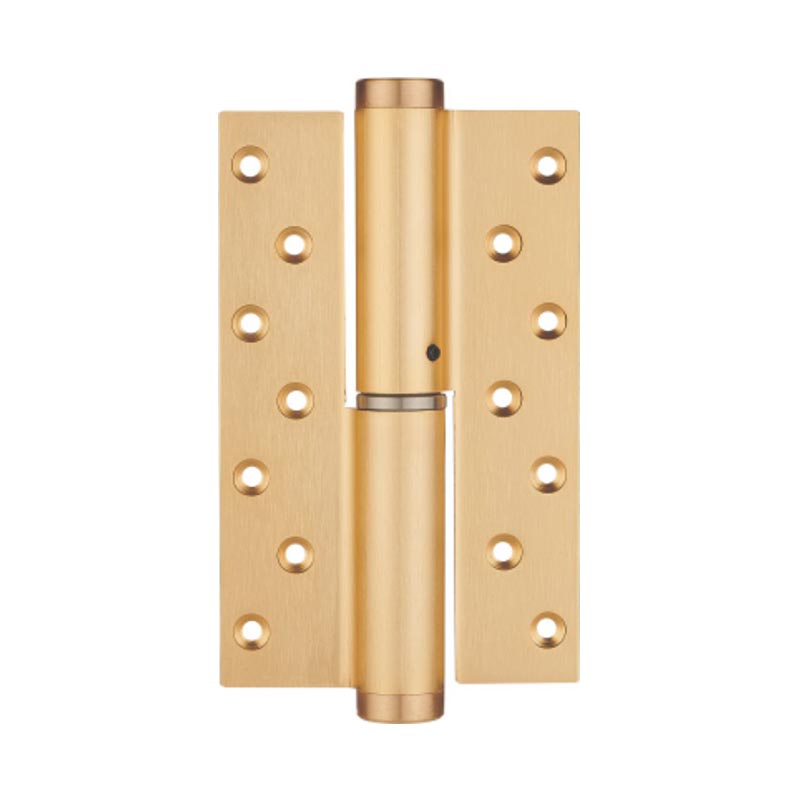The increasing adoption of Multi-Function Hydraulic Hinges in modern cabinetry and door systems brings attention to their durability and sustained performance under frequent use. These hinges, valued for their silent closing and soft-shut features, rely heavily on their internal hydraulic damping mechanisms. However, a critical question often arises: Does the buffer performance of these hinges degrade under high-frequency open-close cycles?

Hydraulic hinges work by using a fluid-filled chamber to absorb kinetic energy when a door closes, converting it into heat and thereby slowing the door gently. In high-frequency environments, such as commercial kitchens, schools, hospitals, or office spaces, doors may be opened and shut hundreds of times daily. Under such stress, the concern shifts to the longevity of the hydraulic system and its ability to maintain consistent damping over time.
One of the primary factors influencing long-term performance is the quality of the sealing components within the hydraulic cylinder. High-quality hinges employ durable O-rings and reinforced fluid chambers that resist degradation from repeated compression and thermal cycling. In contrast, lower-grade hinges may experience minor internal fluid leakage or reduced pressure efficiency, causing a noticeable loss in damping force. This degradation may not be immediate, but it typically becomes evident after tens of thousands of cycles.
Another contributor to buffer performance loss is the viscosity change of the hydraulic fluid due to temperature variations or friction-induced heat buildup during continuous operation. When the fluid becomes thinner, the hinge’s ability to slow down the closing motion diminishes. Manufacturers combat this issue by using stable, high-grade hydraulic oils that maintain their properties under a broad temperature range, ensuring reliability even during high-frequency use.
From a mechanical design standpoint, hinges with multi-stage damping or adjustable resistance settings are better suited for high-frequency environments. These designs can distribute mechanical stress more evenly across internal components and allow users to recalibrate the closing force when performance begins to wane. Such flexibility not only enhances the hinge’s lifespan but also preserves its practical utility in demanding settings.
Maintenance is another key aspect that influences damping retention. In most cases, premium Multi-Function Hydraulic Hinges are engineered as sealed units that require no user maintenance. However, periodic inspections in heavy-use areas can help detect early signs of wear, such as a sudden change in door-closing speed or unusual sounds during movement. Early replacement of worn hinges can prevent safety issues and extend the life of connected cabinetry or doors.
It is also worth noting that extensive fatigue testing is conducted during the development phase of high-quality hinges. Many are tested to endure 50,000 to 100,000 cycles without significant loss in performance. The test results usually factor into product warranties and help users gauge the expected operational lifespan. When used within their design limits and in proper conditions, top-tier hinges can maintain consistent damping performance for many years.
In conclusion, while buffer performance in hydraulic hinges can potentially decline under high-frequency usage, this risk is significantly minimized through thoughtful engineering, high-quality materials, and proper product selection. Users operating in high-traffic environments should opt for commercial-grade hinges with robust damping systems and verified cycle testing. This approach ensures that both the functionality and aesthetic integrity of doors are preserved even after prolonged, intensive use.